Home>Technology>Security & Surveillance>What To Do When Your Door Won’t Lock
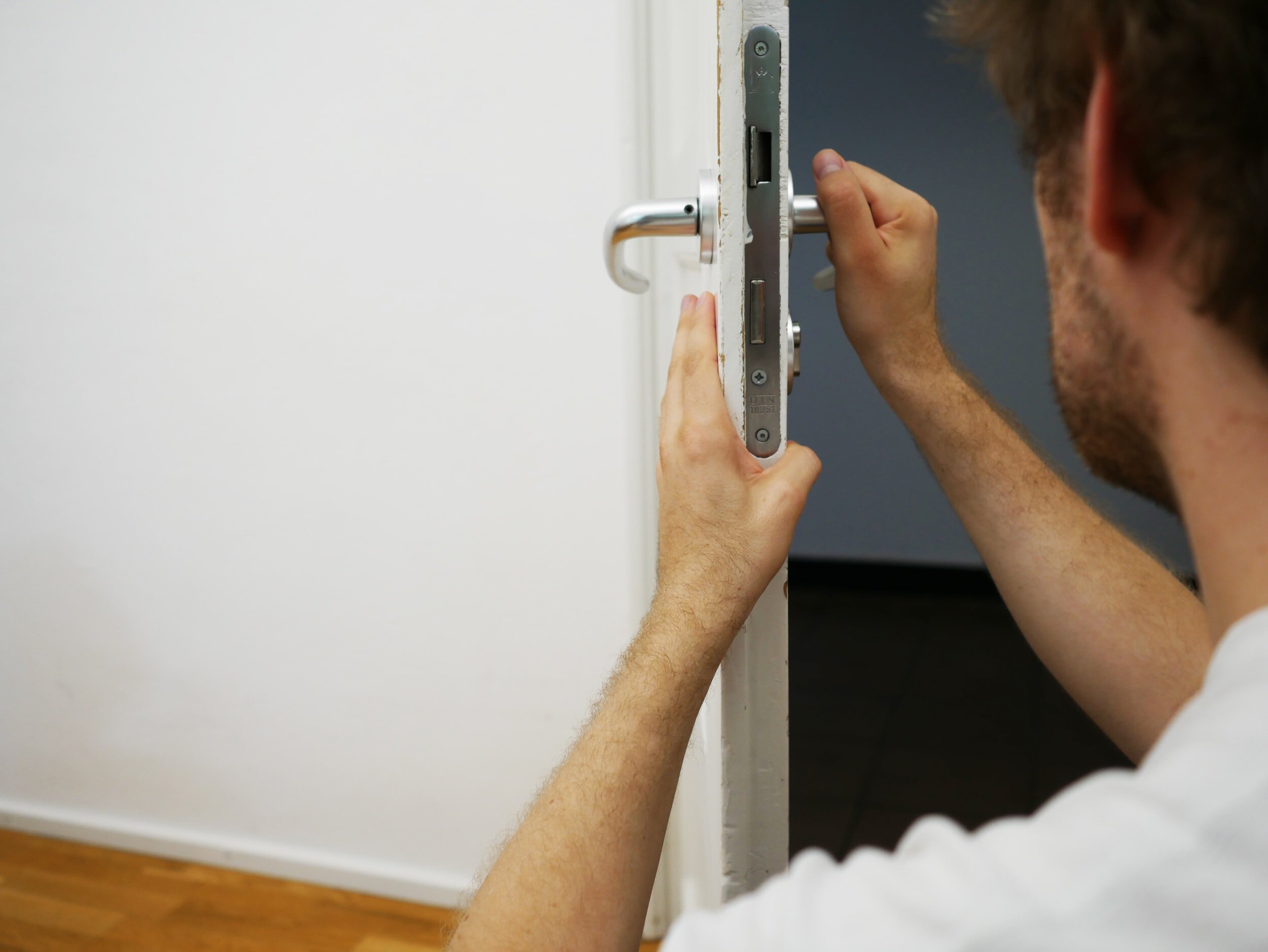

Security & Surveillance
What To Do When Your Door Won’t Lock
Published: December 27, 2023
Discover effective solutions for fixing a non-locking door and ensuring your home's security with our expert tips and advice on security and surveillance. Unlock peace of mind today!
(Many of the links in this article redirect to a specific reviewed product. Your purchase of these products through affiliate links helps to generate commission for Storables.com, at no extra cost. Learn more)
Common Reasons for a Door Not Locking
When your door won’t lock, it can be a frustrating and concerning issue. There are several common reasons why a door may not lock properly, and understanding these reasons can help you troubleshoot the problem effectively.
- Key Issues: One of the most common reasons for a door not locking is a problem with the key or the lock cylinder. This could be due to a worn-out key, a damaged lock cylinder, or a misaligned keyway. Additionally, if the key is difficult to insert or turn in the lock, it may indicate an issue with the key or the lock mechanism.
- Lock Mechanism Problems: Over time, the internal components of a lock can wear out or become damaged, leading to issues with locking and unlocking the door. This could include problems with the pins, springs, or other internal mechanisms that prevent the lock from functioning properly.
- Door Misalignment: A door that is out of alignment with the door frame can cause difficulties in locking. This misalignment may be due to loose hinges, a warped door, or a settlement of the building, preventing the lock from engaging with the strike plate.
- Strike Plate Misalignment: The strike plate is the metal plate on the door frame into which the lock bolt fits when the door is closed. If the strike plate is misaligned or loose, it can prevent the lock from latching securely, resulting in a door that won’t lock properly.
- Worn-Out or Faulty Hardware: The door hardware, including the lockset, handle, or deadbolt, may become worn out or damaged over time, leading to issues with locking. This could include loose screws, worn-out components, or damaged hardware that affects the door’s ability to lock securely.
By understanding these common reasons for a door not locking, you can begin to troubleshoot the issue and take the necessary steps to address the underlying cause. Whether it’s a simple adjustment or the need for professional assistance, identifying the root of the problem is the first step toward restoring your door’s security and functionality.
Key Takeaways:
- Troubleshoot door locking issues by checking key, lock, alignment, and hardware. Simple adjustments and lubrication can restore functionality and security.
- Seek professional help from locksmiths for precise solutions and enhanced security measures to address persistent door locking problems.
Troubleshooting Steps
When faced with a door that won’t lock, it’s essential to follow a systematic approach to troubleshoot the issue effectively. By taking the following steps, you can identify the underlying cause of the problem and determine the appropriate solution to restore your door’s locking functionality.
- Inspect the Key and Lock: Begin by examining the key for any signs of damage, such as bending or excessive wear. Similarly, inspect the lock cylinder for debris or signs of wear that may impede its operation. If the key or lock shows visible signs of damage, consider obtaining a replacement key or consulting a locksmith to address the issue.
- Test the Lock Mechanism: Attempt to lock and unlock the door while paying attention to the smoothness of the operation. If the lock mechanism feels stiff, rough, or unresponsive, it may indicate internal issues that require attention. Consider applying a lubricant specifically designed for locks to improve the mechanism’s performance.
- Check the Door Alignment: Evaluate the alignment of the door within the frame by opening and closing it to assess any resistance or misalignment. If the door exhibits difficulty in smoothly fitting into the frame or appears visibly misaligned, it may require adjustments to ensure proper operation.
- Examine the Strike Plate: Inspect the strike plate on the door frame to ensure it aligns correctly with the lock bolt. If the strike plate is misaligned or loose, it can prevent the door from locking securely. Consider tightening the screws or adjusting the position of the strike plate to improve its alignment with the lock bolt.
- Assess the Door Hardware: Verify the condition of the door’s hardware, including the lockset, handle, and deadbolt. Look for loose screws, worn-out components, or visible damage that may affect the door’s ability to lock properly. If necessary, tighten or replace the hardware to restore secure locking functionality.
By systematically troubleshooting the door locking issue and addressing each potential cause, you can effectively identify the source of the problem and take appropriate corrective measures. Whether it involves simple adjustments, lubrication, or hardware replacement, these troubleshooting steps can help restore your door’s security and provide peace of mind.
Adjusting the Door Strike Plate
When your door struggles to lock properly, the strike plate may be a key factor contributing to the issue. The strike plate is the metal component on the door frame that the lock bolt engages with when the door is closed. If the strike plate is misaligned or loose, it can prevent the lock from securely latching, leading to a door that won’t lock effectively. Fortunately, adjusting the strike plate can often resolve this problem and restore the door’s locking functionality.
To adjust the door strike plate, follow these steps:
- Inspect the Strike Plate: Begin by examining the strike plate to identify any misalignment or loose screws. Look for visible signs of wear or damage that may affect its ability to securely engage with the lock bolt.
- Loosen the Screws: Using a screwdriver, carefully loosen the screws securing the strike plate to the door frame. Avoid fully removing the screws to prevent the strike plate from falling out of position.
- Adjust the Position: With the screws partially loosened, maneuver the strike plate to achieve proper alignment with the lock bolt. Ensure that the plate aligns with the bolt’s entry point when the door is closed, allowing for a smooth and secure latching process.
- Secure the Strike Plate: Once the strike plate is properly aligned, tighten the screws to secure it in place. Be cautious not to over-tighten the screws, as this may lead to misalignment or damage to the strike plate or door frame.
- Test the Locking Mechanism: Close the door and test the locking mechanism to ensure that the lock bolt smoothly and securely engages with the adjusted strike plate. Verify that the door locks and unlocks without resistance or difficulty.
By adjusting the door strike plate to achieve proper alignment with the lock bolt, you can often resolve issues related to a door not locking effectively. This simple yet crucial adjustment can significantly improve the security and functionality of your door, providing peace of mind and ensuring the safety of your property.
If your door won’t lock, check for any obstructions in the lock mechanism and make sure the door is properly aligned with the frame. If the problem persists, consider calling a professional locksmith for assistance.
Lubricating the Lock Mechanism
When encountering difficulties with a door lock, a lack of smooth operation and resistance during locking and unlocking may indicate the need for lubrication. Over time, the internal components of a lock can experience friction and wear, leading to diminished performance and potential issues with locking. By applying the appropriate lubricant to the lock mechanism, you can enhance its functionality and restore smooth, reliable operation.
Follow these steps to lubricate the lock mechanism effectively:
- Clean the Lock: Begin by cleaning the lock mechanism to remove any accumulated dirt, debris, or old lubricant. Use a gentle, non-abrasive cleaner and a soft cloth to ensure that the internal components are free from contaminants that may impede the lubrication process.
- Choose the Right Lubricant: Select a high-quality, graphite-based or silicone-based lock lubricant specifically designed for door locks. Avoid using oil-based or petroleum-based lubricants, as these may attract dirt and cause potential buildup within the lock mechanism.
- Apply the Lubricant: With the lock clean and dry, apply a small amount of the chosen lubricant to the key and insert it into the lock. Turn the key back and forth several times to distribute the lubricant evenly throughout the internal components of the lock.
- Operate the Lock: After applying the lubricant, test the lock by locking and unlocking the door multiple times to ensure smooth and effortless operation. The lubricant should facilitate improved movement and reduce resistance within the lock mechanism.
- Wipe Excess Lubricant: Use a clean, dry cloth to wipe away any excess lubricant from the lock and surrounding areas. This helps prevent the accumulation of dirt and ensures a clean, polished appearance.
By properly lubricating the lock mechanism, you can address issues related to stiffness, rough operation, or resistance during locking and unlocking. This simple maintenance task can significantly improve the performance and longevity of your door lock, contributing to enhanced security and convenience within your home or property.
Checking the Door Alignment
Proper door alignment is essential for ensuring smooth operation and secure locking. When a door exhibits difficulties in locking, it’s crucial to assess its alignment within the door frame. Misaligned doors can impede the locking mechanism, leading to issues with security and functionality. By checking and addressing the door’s alignment, you can effectively resolve locking problems and maintain the integrity of your entryway.
Follow these steps to check the alignment of your door:
- Visual Inspection: Begin by visually examining the door in the closed position. Look for any noticeable gaps between the door and the frame, as well as any signs of misalignment or uneven spacing around the perimeter of the door.
- Test the Door Operation: Open and close the door to assess its movement and alignment within the frame. Pay attention to any resistance, dragging, or difficulty in smoothly fitting the door into the frame, as these may indicate alignment issues.
- Check the Hinges: Inspect the hinges to ensure they are securely attached to both the door and the frame. Loose or damaged hinges can contribute to misalignment and should be addressed to ensure proper door operation.
- Assess the Door Frame: Verify the condition of the door frame, looking for signs of warping, settling, or damage that may affect the alignment of the door. Address any structural issues within the frame that may impact the door’s alignment.
- Make Necessary Adjustments: If misalignment is identified, consider adjusting the hinges or shimming the door to achieve proper alignment within the frame. This may involve tightening loose hinges, adjusting the position of the door within the frame, or addressing any structural irregularities.
By checking and addressing the alignment of your door, you can effectively resolve issues related to locking and ensure that the door operates smoothly and securely. Proper alignment contributes to the overall security and functionality of your entry door, providing peace of mind and safeguarding your property.
Read more: When Was The Door Lock Invented
Seeking Professional Help
When confronted with persistent issues related to a door not locking effectively, seeking professional assistance can provide valuable expertise and solutions to address the underlying problem. Professional locksmiths and door technicians possess the knowledge, experience, and specialized tools necessary to diagnose and resolve a wide range of locking issues, ensuring the security and functionality of your entry door.
Consider the following factors when seeking professional help for a door locking problem:
- Expert Evaluation: A professional locksmith or door technician can conduct a comprehensive evaluation of the door, lock, and surrounding components to identify the root cause of the locking issue. Their expertise allows for a thorough assessment and accurate diagnosis of the problem.
- Precision Solutions: Professionals can offer tailored solutions based on the specific nature of the locking problem. Whether it involves adjusting the lock mechanism, realigning the door, replacing components, or addressing structural issues, their precise solutions can effectively restore the door’s locking functionality.
- Quality Workmanship: Professional assistance ensures that the necessary repairs, adjustments, or replacements are carried out with precision and attention to detail. This contributes to the long-term reliability and performance of the door’s locking mechanism.
- Specialized Tools and Resources: Professional locksmiths and technicians have access to specialized tools and resources that enable them to perform intricate repairs and adjustments with accuracy and efficiency. Their expertise combined with the right equipment ensures effective solutions for door locking issues.
- Enhanced Security Measures: Beyond resolving the immediate locking problem, professionals can provide recommendations for enhancing the overall security of your entry door. This may include upgrading to high-security locks, reinforcing the door frame, or implementing additional security features for peace of mind.
By enlisting the expertise of professional locksmiths or door technicians, you can effectively address persistent locking issues and ensure the optimal security and functionality of your entry door. Their knowledge, precision solutions, and commitment to quality workmanship can provide lasting peace of mind and safeguard your property against potential security vulnerabilities.
Frequently Asked Questions about What To Do When Your Door Won't Lock
Was this page helpful?
At Storables.com, we guarantee accurate and reliable information. Our content, validated by Expert Board Contributors, is crafted following stringent Editorial Policies. We're committed to providing you with well-researched, expert-backed insights for all your informational needs.
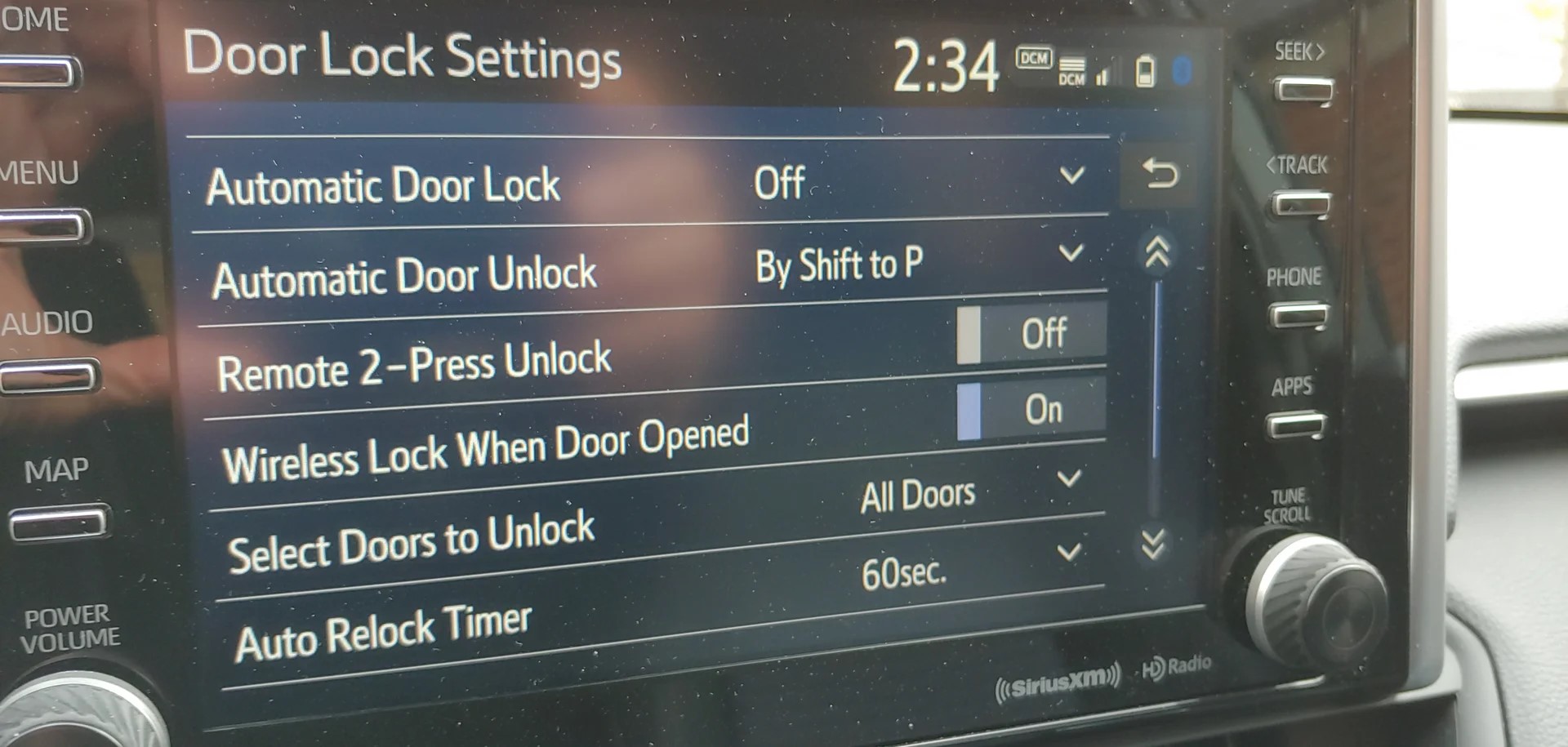
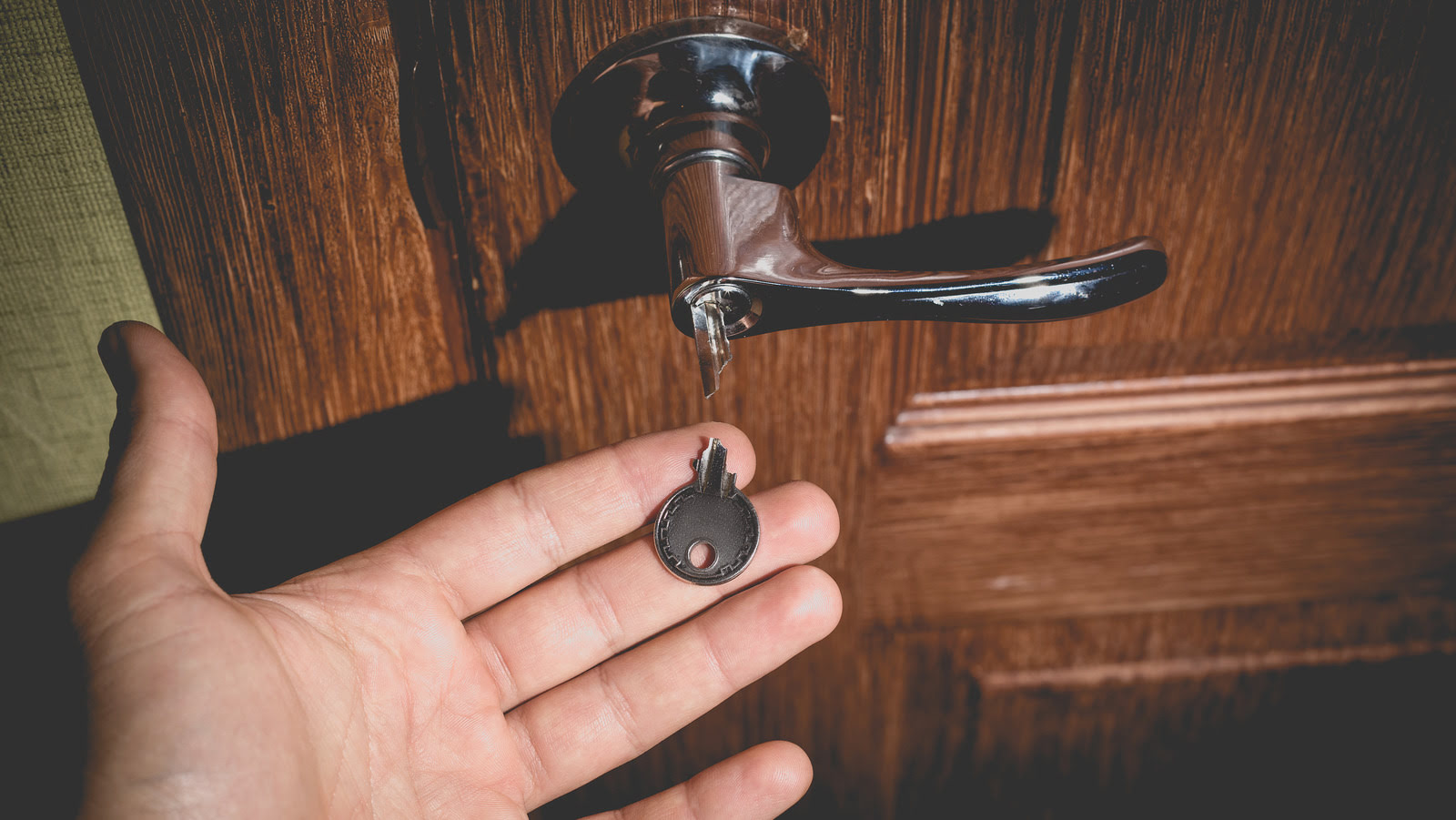
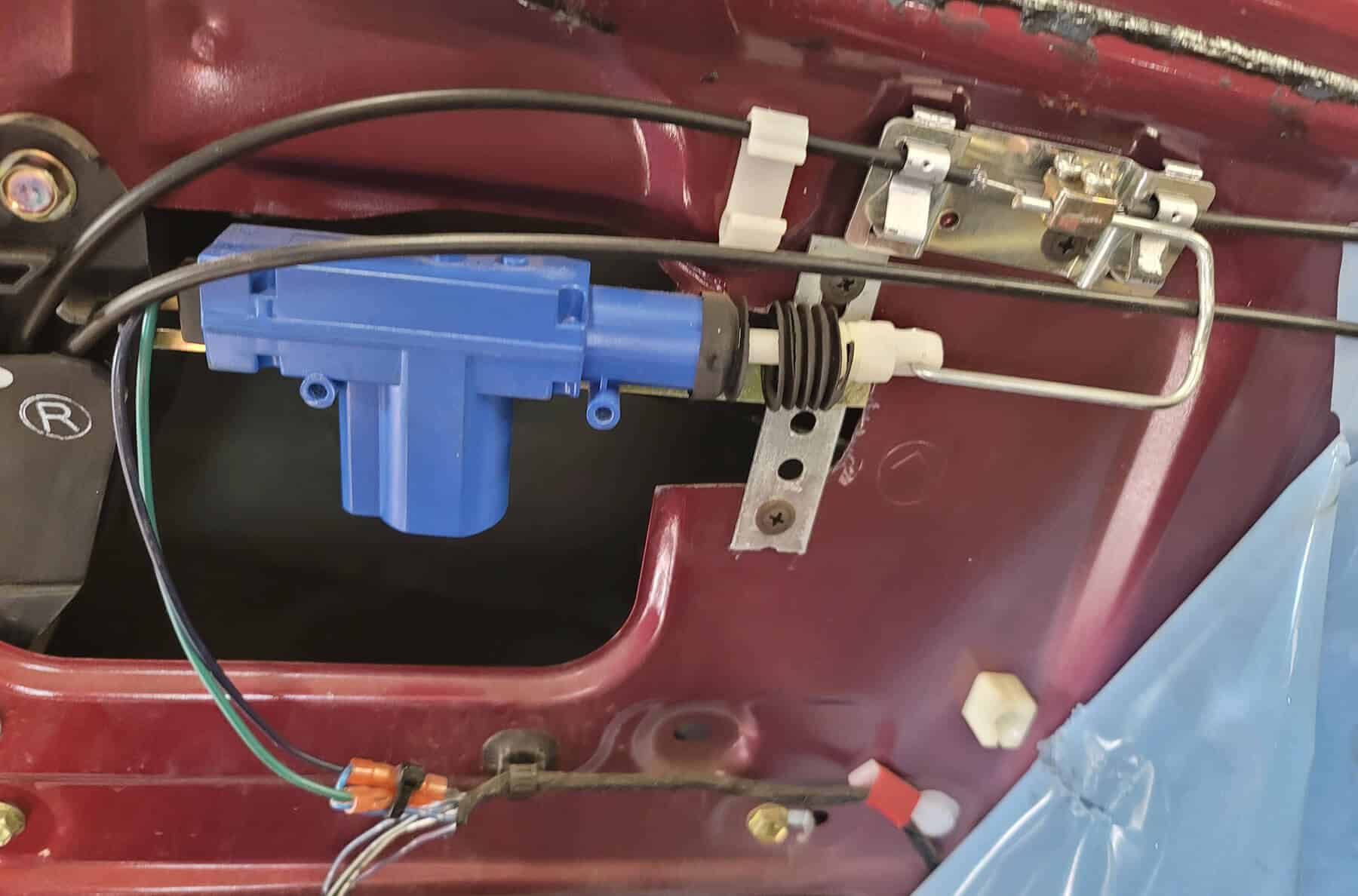
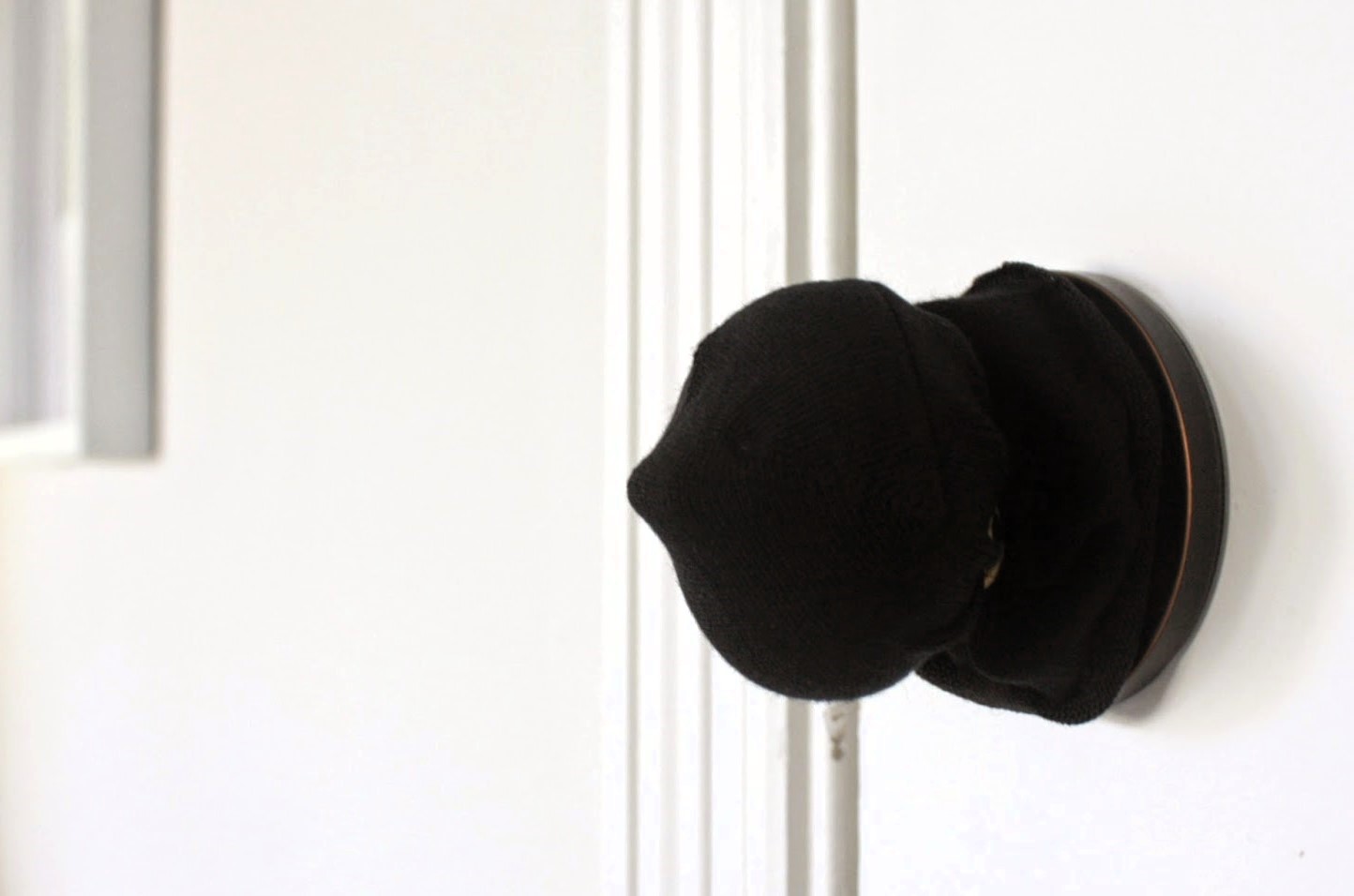
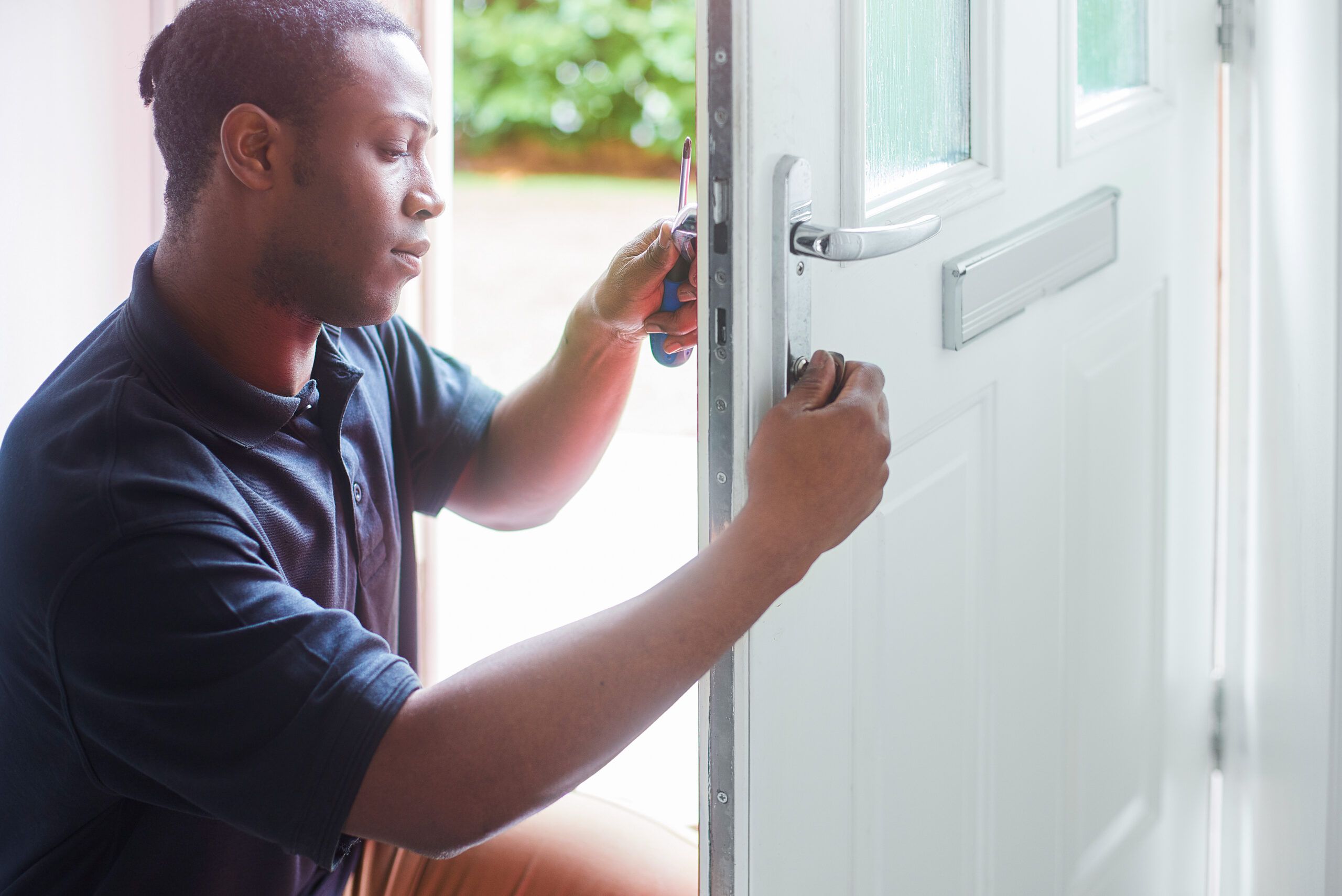
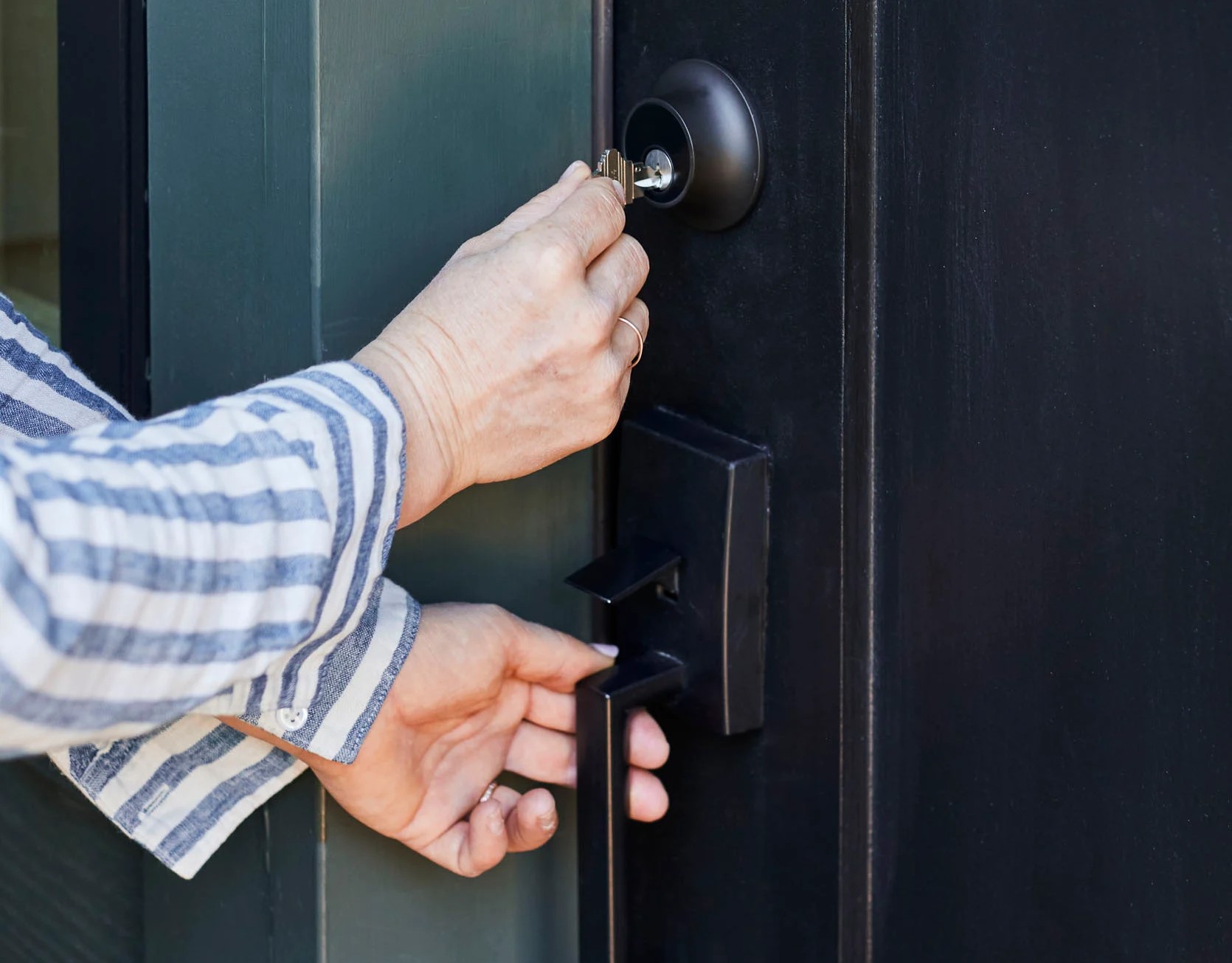
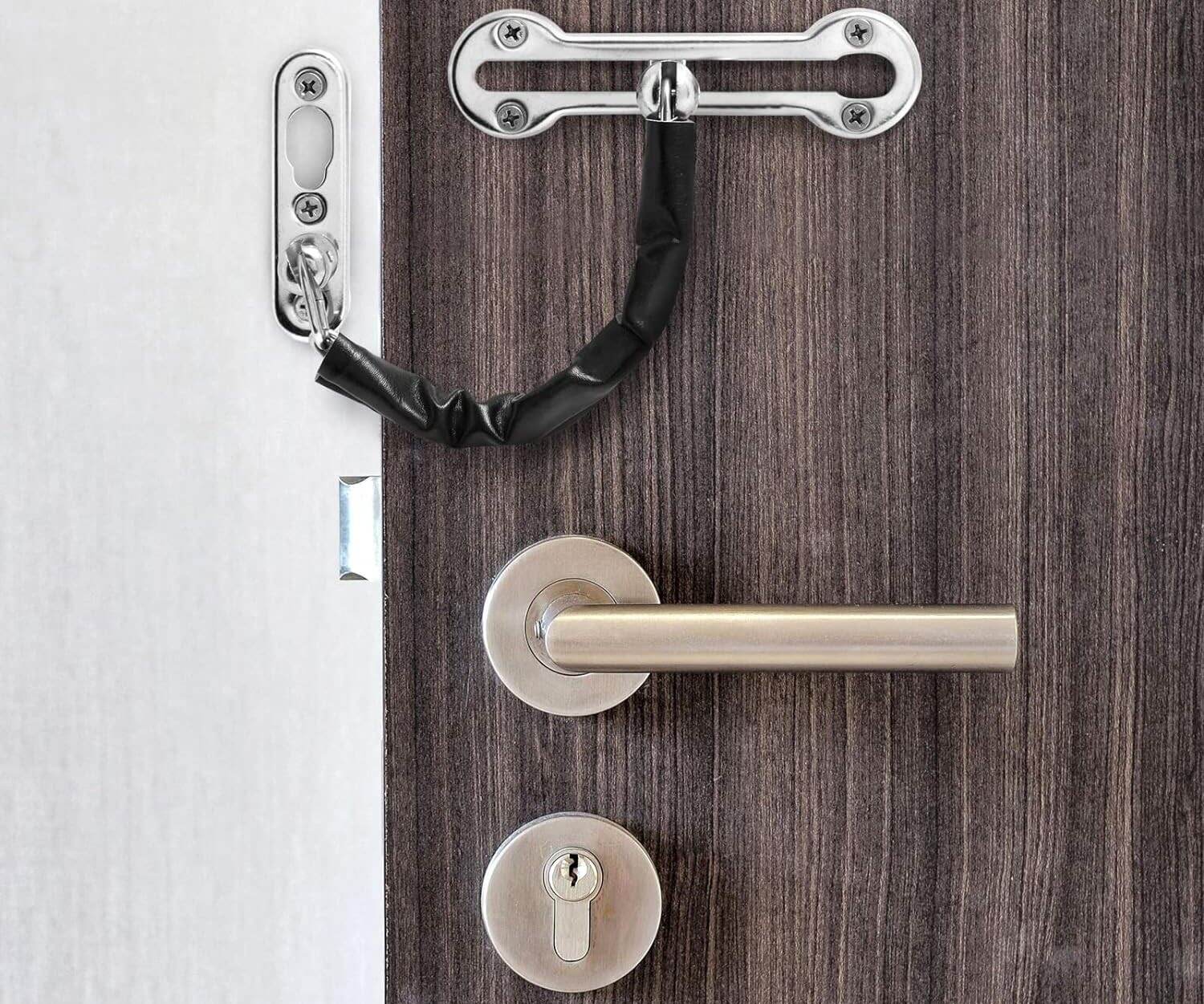
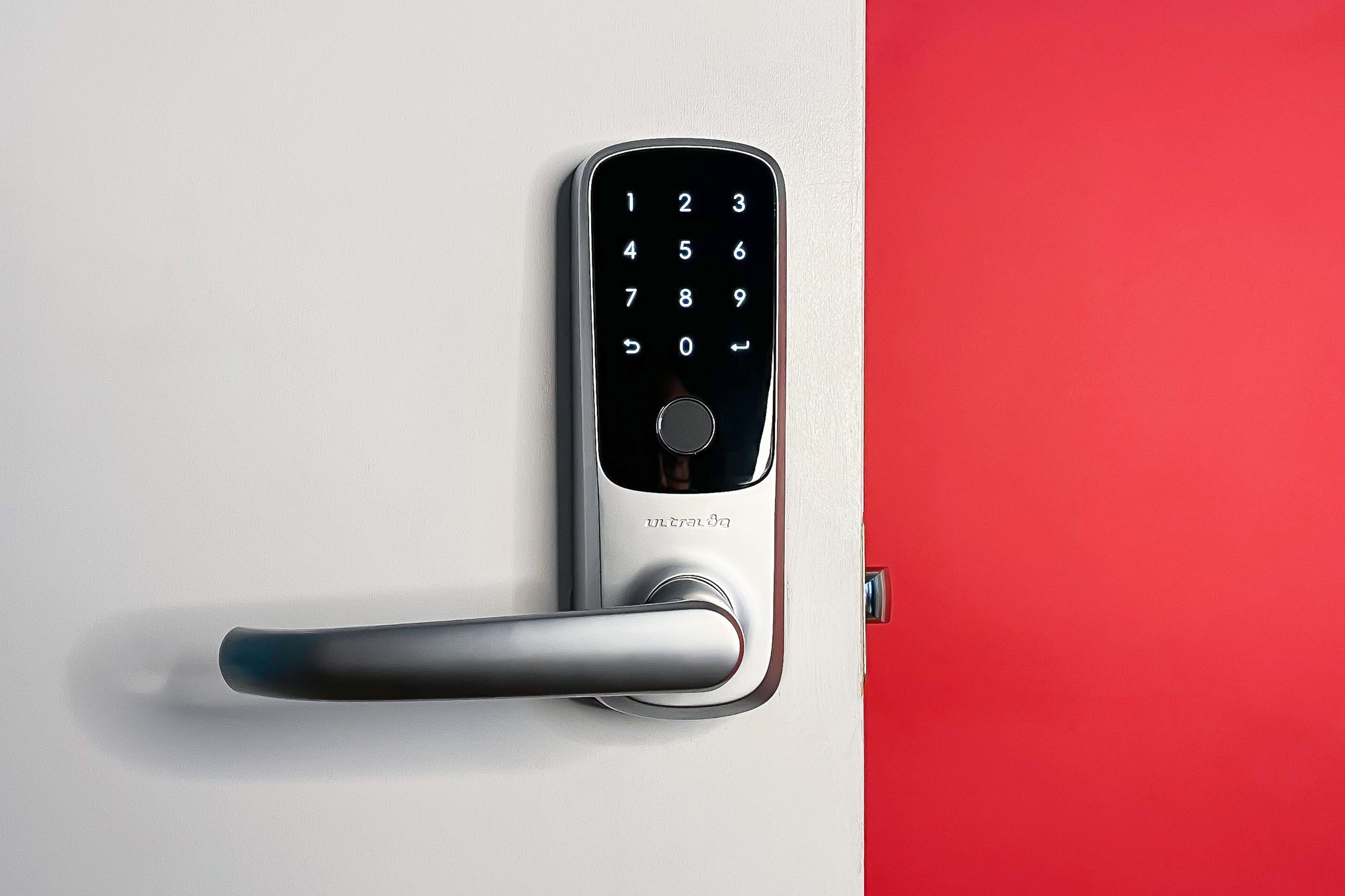
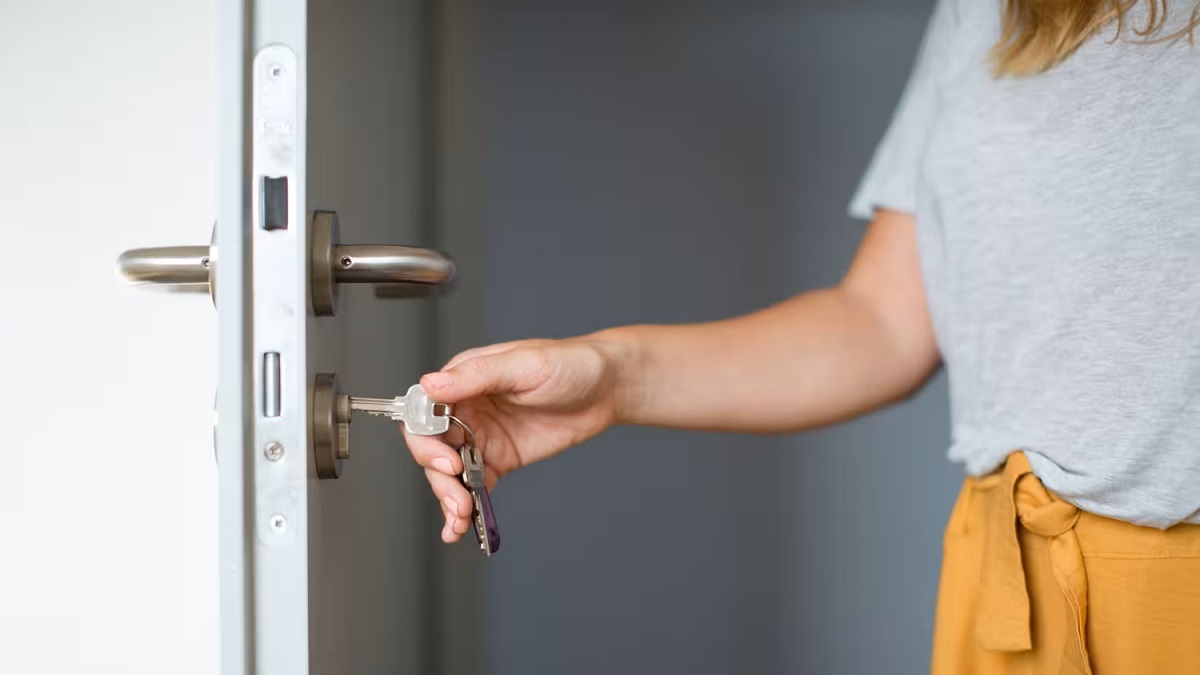
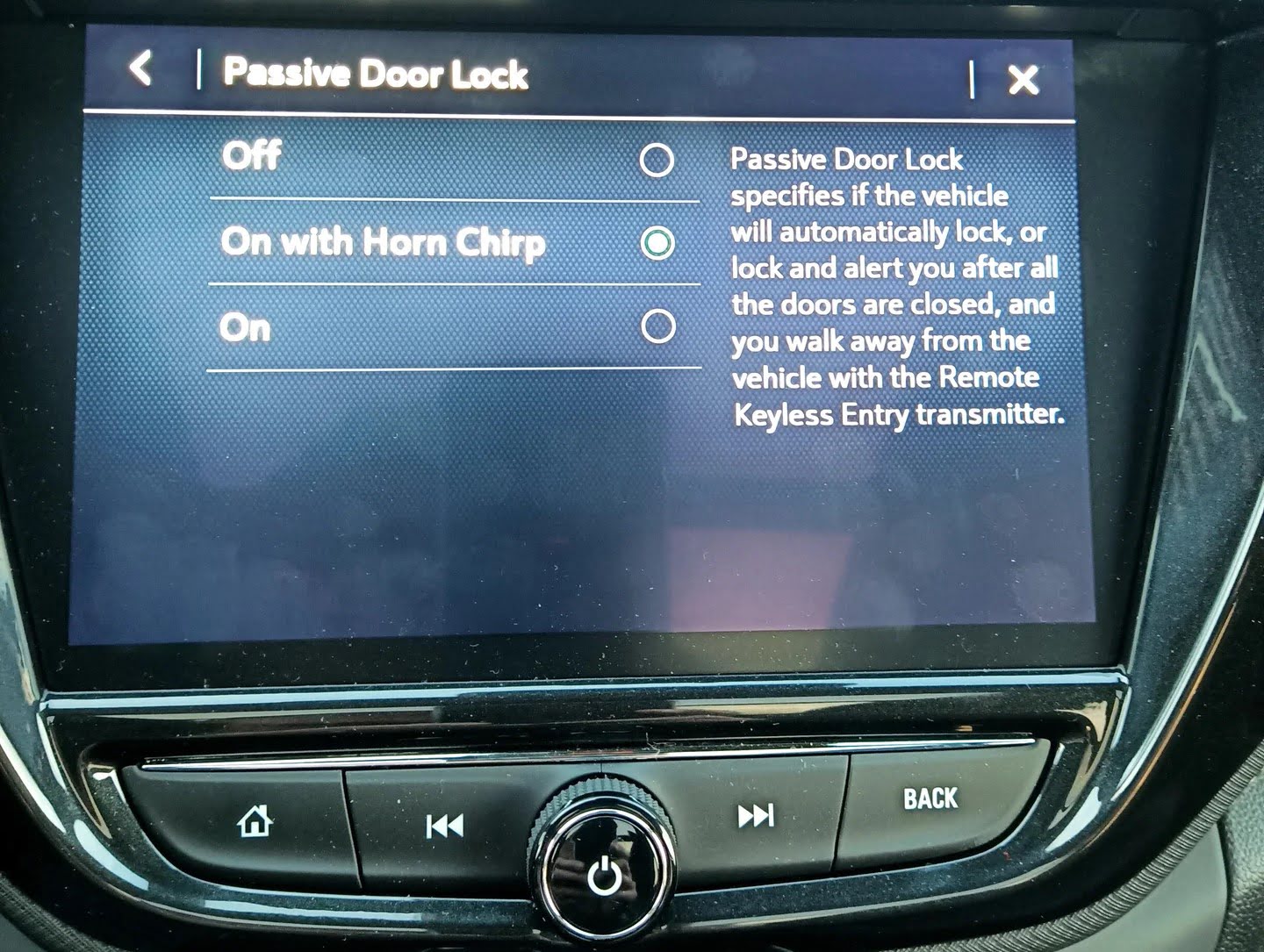
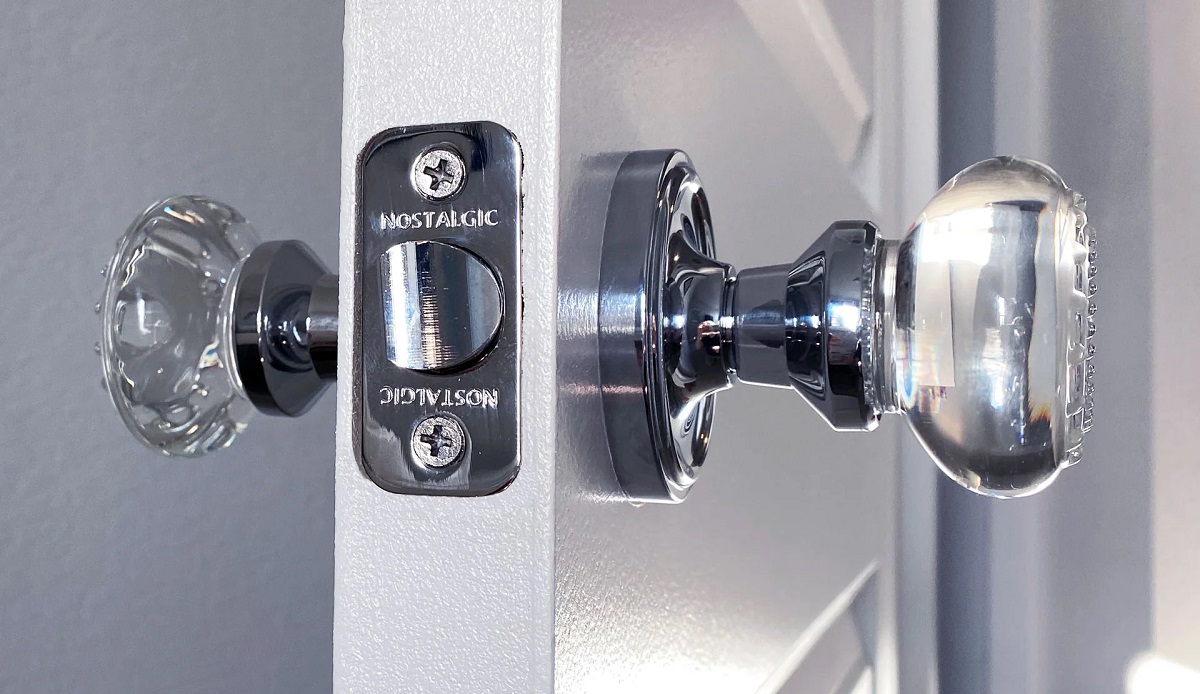
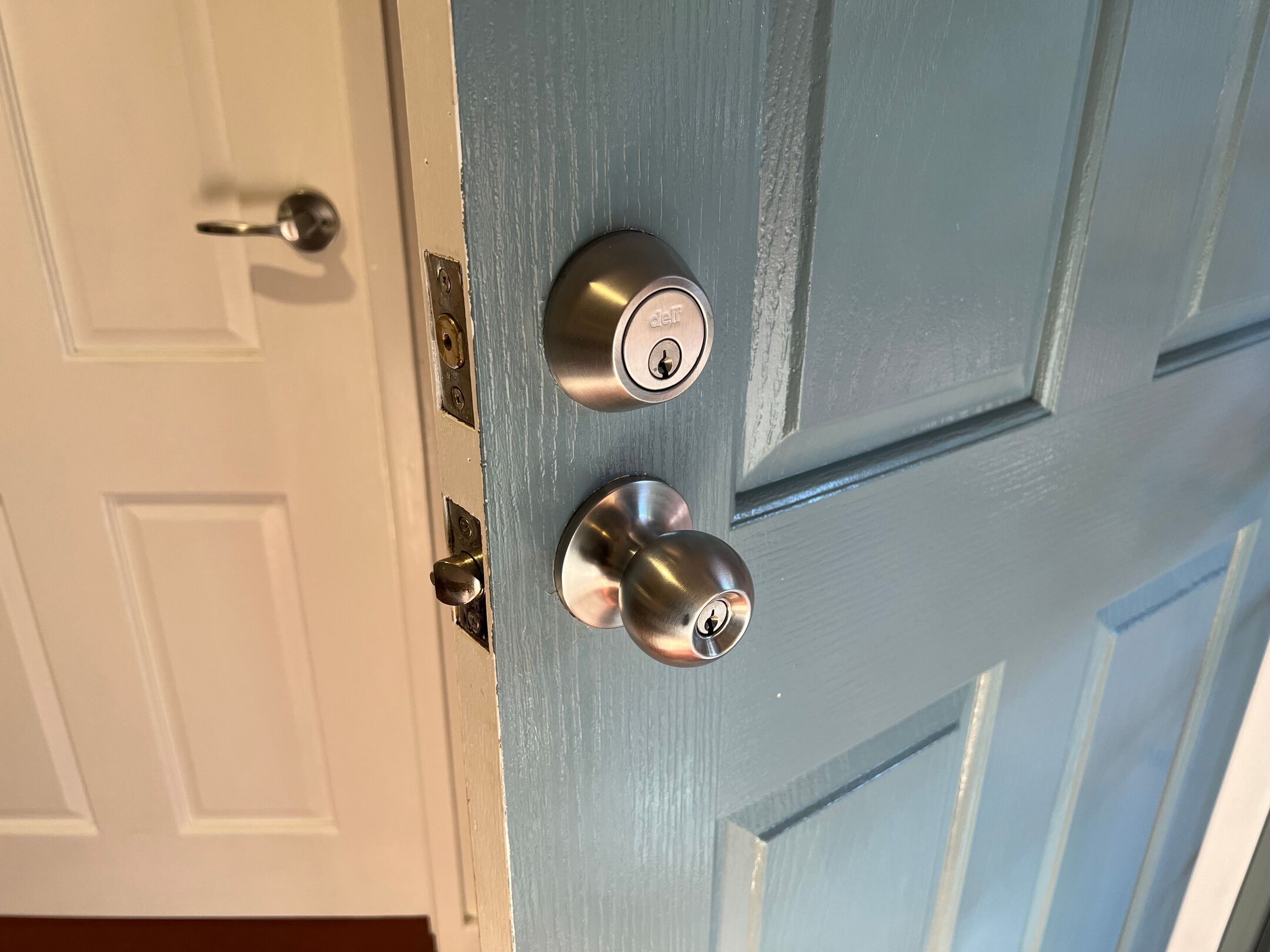
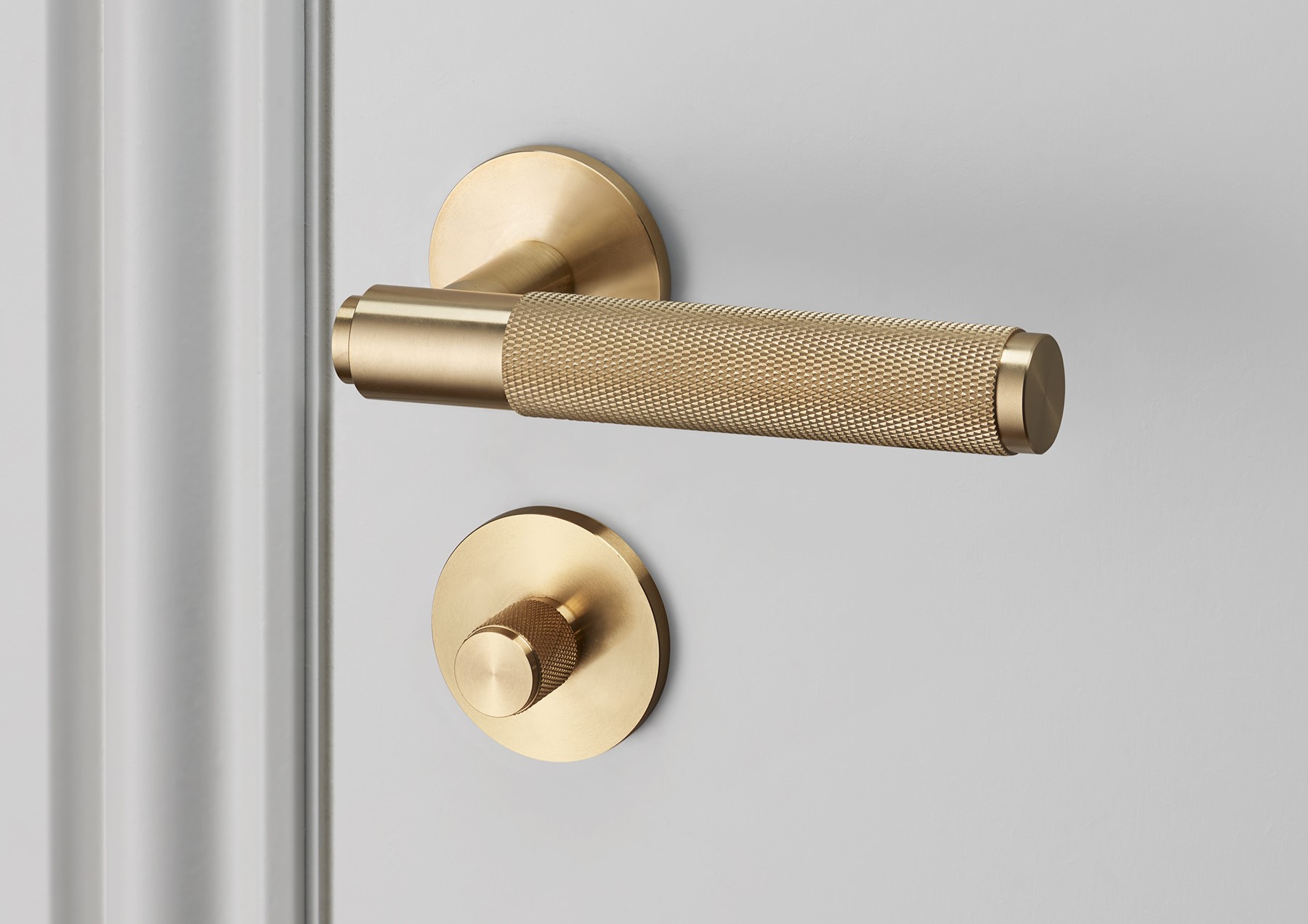
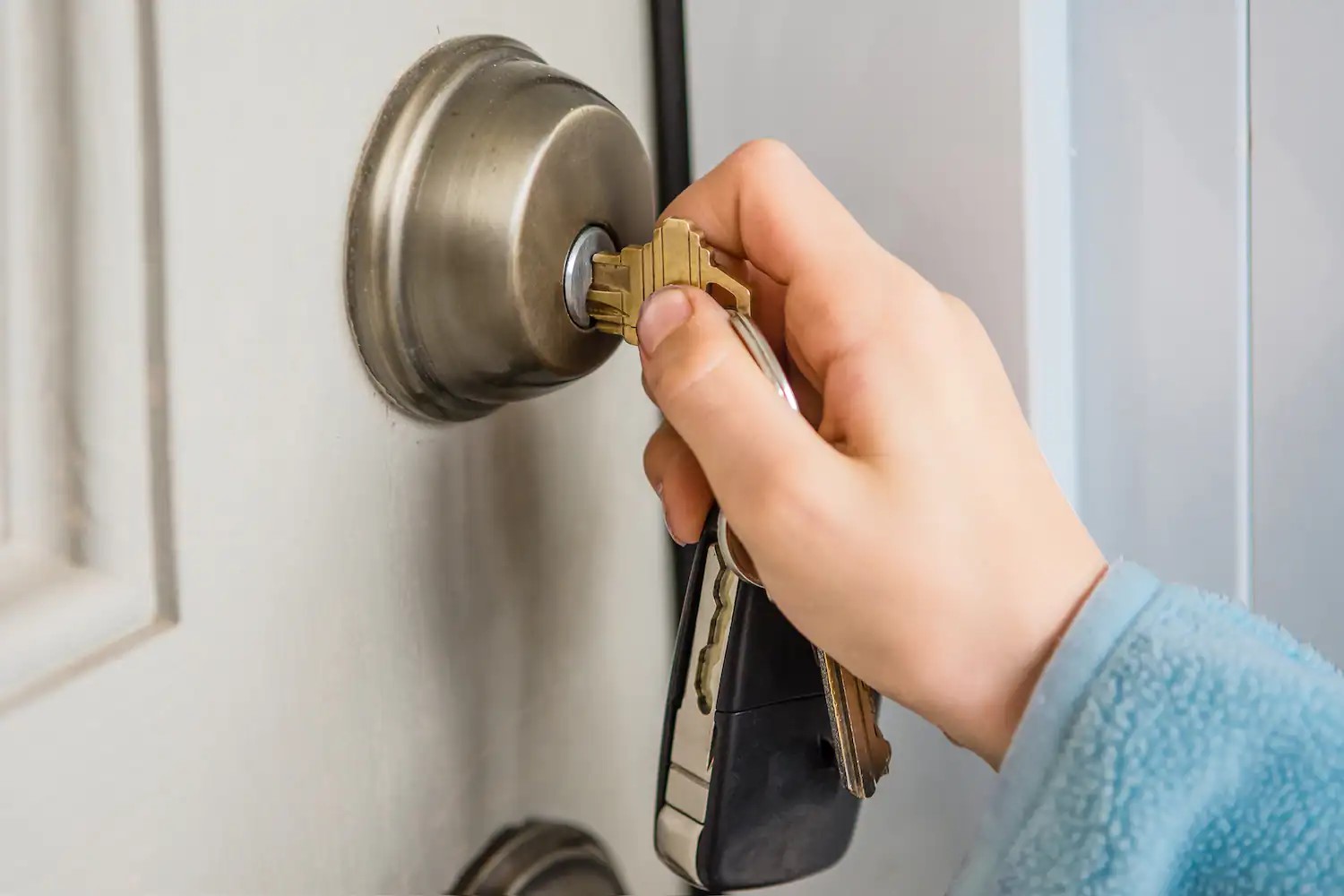

0 thoughts on “What To Do When Your Door Won’t Lock”